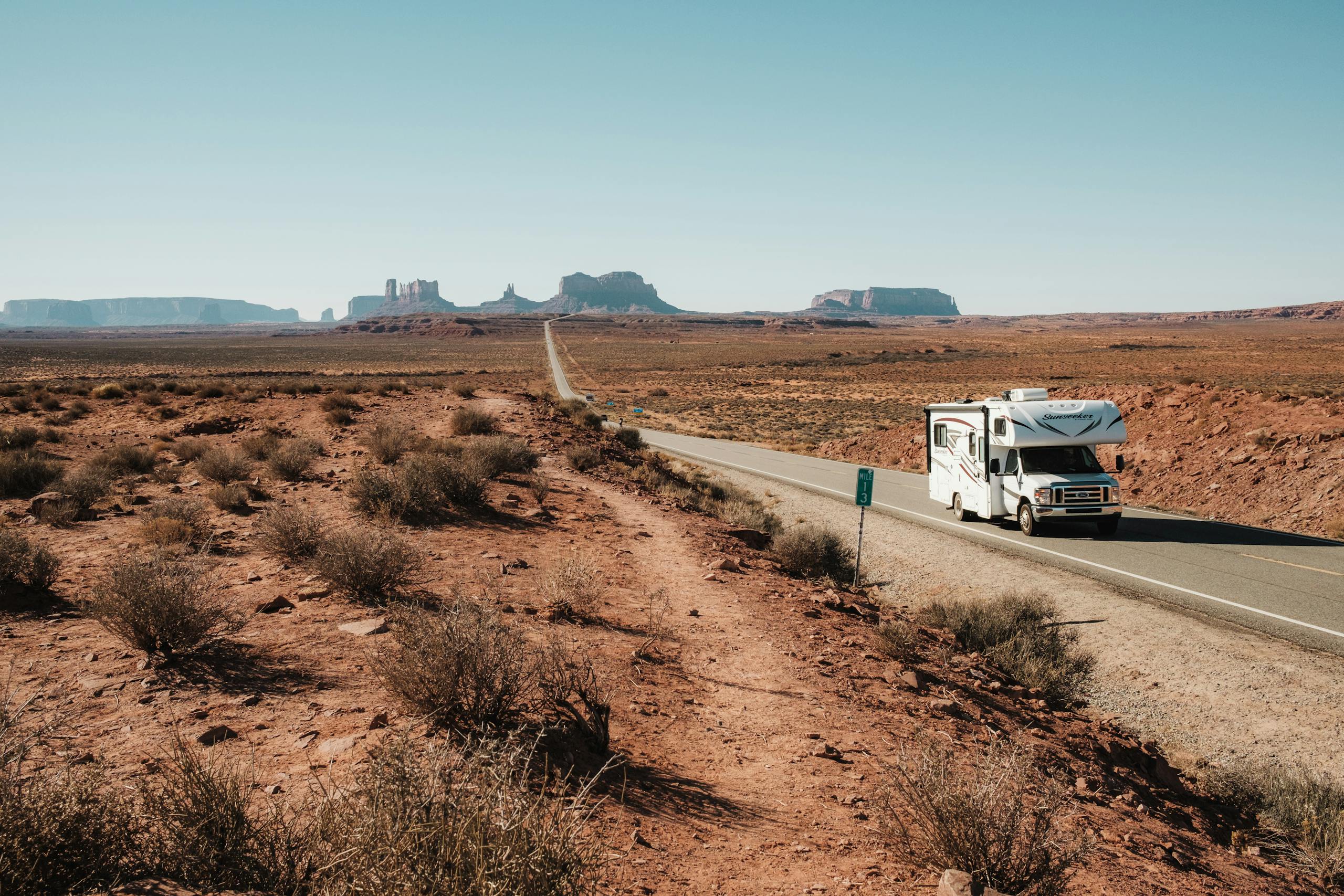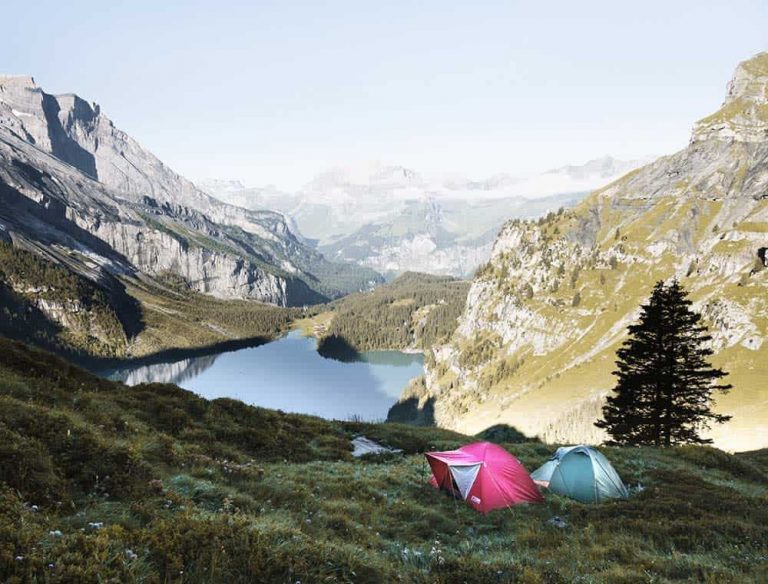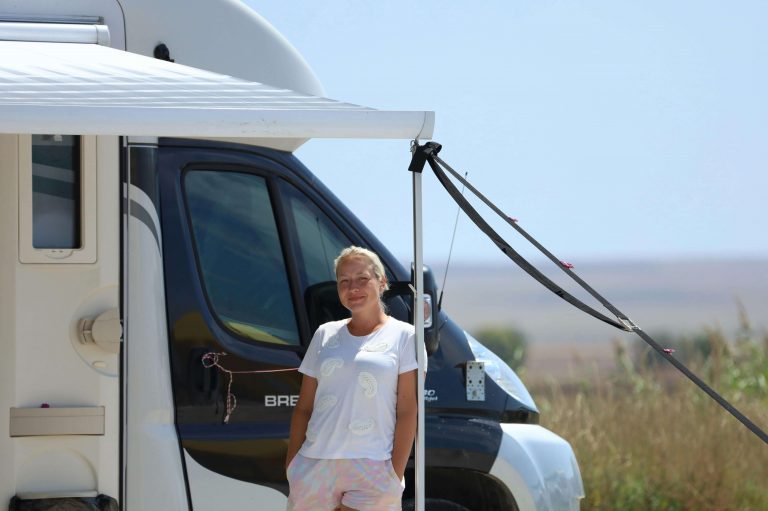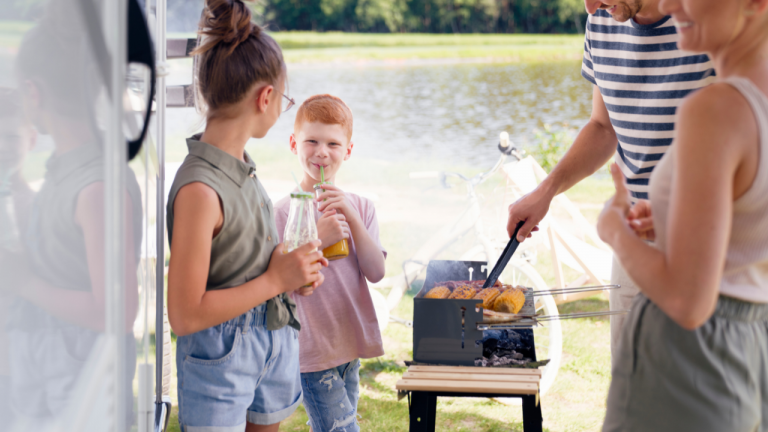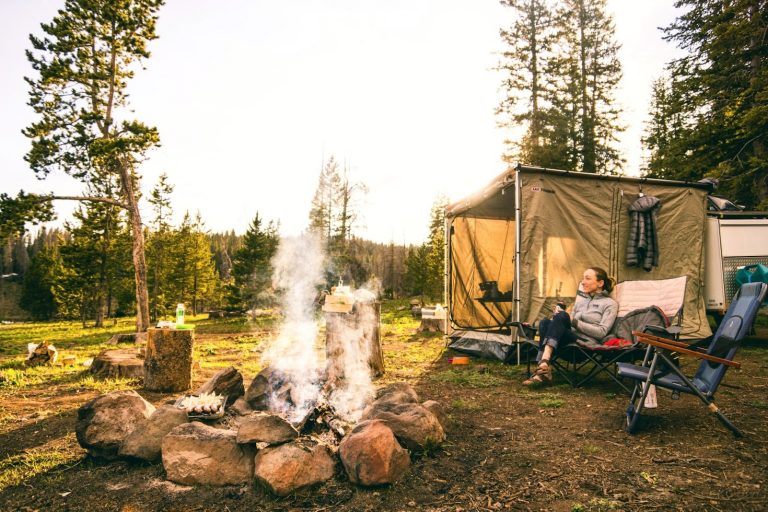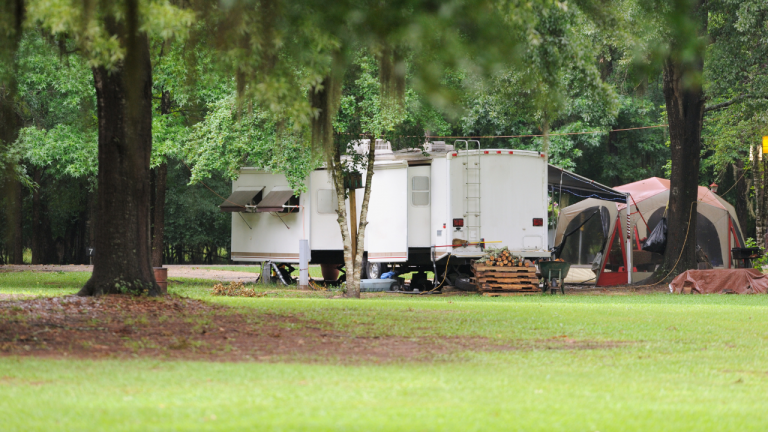How to Plan an RV Route Without Getting Overwhelmed

A well-planned RV route turns travel days into relaxing, scenic adventures — not just a drive.
Planning your RV route might sound like a stressful puzzle, but it doesn’t have to be. Whether you’re prepping for your very first trip or just want to avoid the common mistakes, a little preparation goes a long way. I’ve learned through trial and error how to make route planning easier, safer, and way more enjoyable.
1. Start With Your Destination in Mind
Begin with a destination — even if it’s just a general region or a dream campground. Are you heading to a national park? A beachside RV resort? Or maybe you just want to loop through a few relaxing weekend spots?
Don’t overpack your plans. Start simple, then build the route around it. One good destination gives your trip purpose without overwhelming you.
2. Use RV-Friendly Navigation Tools
Skip the regular GPS. Most navigation apps don’t account for your RV’s height, weight, or turn radius. I recommend:
- RV LIFE or RV Trip Wizard – great for trip planning with RV-safe routes
- CoPilot RV – adjusts routes based on your rig’s size
- Google Maps (with Street View) – helpful for previewing tricky turns or campground entrances
These apps help you avoid low-clearance bridges, narrow roads, and sketchy backroads that can cause major stress.

Plan your route with apps made for RV travel.
3. Estimate Drive Time Realistically
One of the most popular RV planning tips is the 2-2-2 Rule:
- Drive no more than 200 miles per day
- Stop every 2 hours to rest and stretch
- Stay at each campground for at least 2 nights
You don’t need to follow it perfectly, but it helps keep your trip relaxed and enjoyable — not just a constant push down the road.
4. Plan Fuel and Food Stops Ahead
There’s nothing worse than realizing you’re low on fuel with no station in sight. Use apps like GasBuddy, iExit, or satellite view on Google Maps to plan out fuel, food, and grocery stops ahead of time.
Also, try to fill up before entering remote areas or big elevation climbs — your mileage can drop quickly.
5. Book Campsites in Advance (When You Can)
Especially during peak season or if you’re heading to popular destinations, booking ahead can save you major headaches. I use:
- Campendium – great for reviews and photos
- The Dyrt – offers a mix of public and private campsites
- Recreation.gov – ideal for national parks and public land
- Harvest Hosts – for a unique overnight stay at farms, wineries, and more
Last-minute spots do exist, but it’s nice to have at least your first few nights reserved.
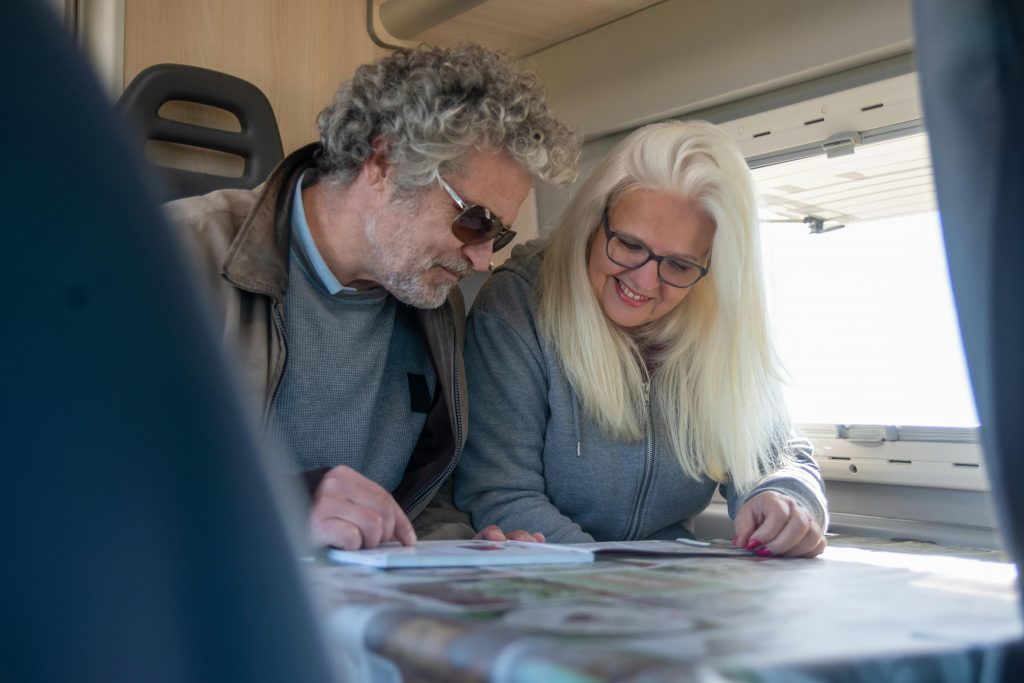
Even in the digital age, a paper map in your RV brings peace of mind—especially off-grid.
6. Keep a Backup Plan (Paper Maps Are Your Friend)
Apps are great — until you lose signal in the mountains or deep woods. I keep a printed RV road atlas or even a basic paper map in the rig just in case. It’s a small detail that brings big peace of mind.
✅ Quick RV Route Planning Checklist
- ☐ Choose a main destination or region
- ☐ Use RV-safe navigation tools
- ☐ Break up long drives into manageable chunks
- ☐ Plan fuel and rest stops
- ☐ Reserve popular campgrounds early
- ☐ Download offline maps or bring a paper backup
🛠️ Recommended Route Planning Tools
Here are a few tools I personally use on the road:
🔹 Anker Nano 10K Magnetic Power Bank – compact, powerful, and MagSafe-compatible — keeps your phone charged and visible while you travel.
🔹 iOttie Dashboard & Windshield Mount – adjustable, secure mount for phones or small tablets — great for RV dash navigation.
✨ Final Thoughts
The best RV trips are the ones that feel intentional — but not rigid. Give yourself a plan, then give yourself permission to veer off it. With a little prep and the right tools, you’ll be cruising confidently in no time.
Once your route is set, don’t forget to check out my Campsite Setup Tips to get settled smoothly.

